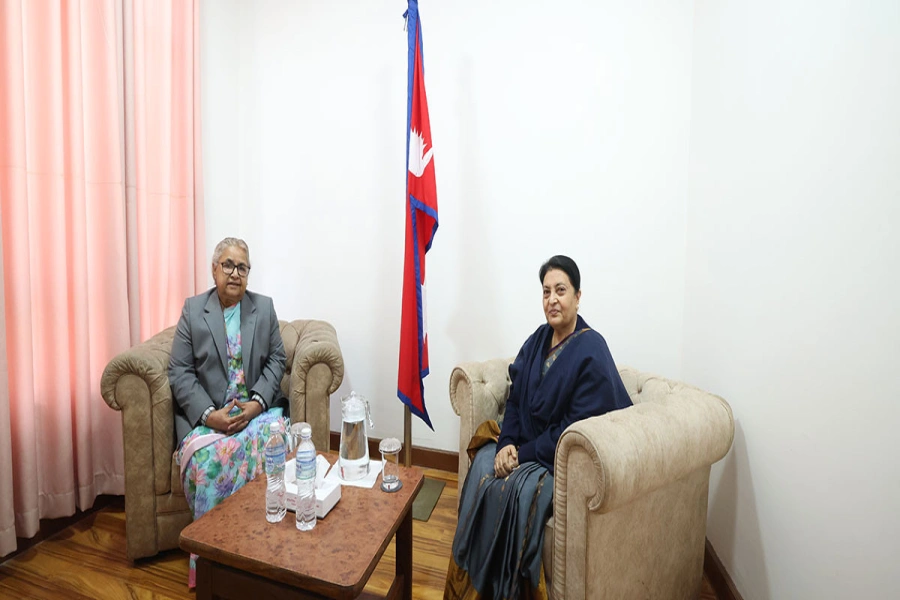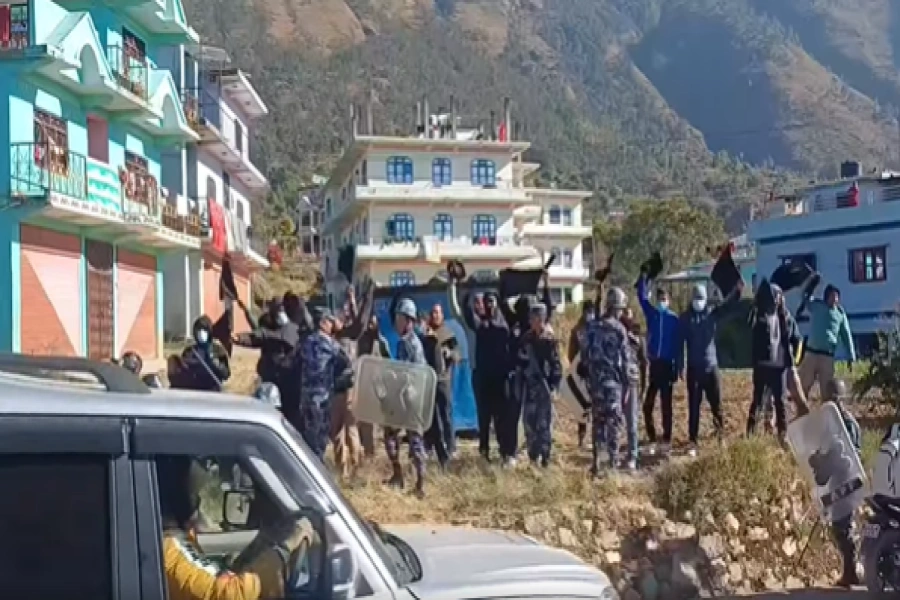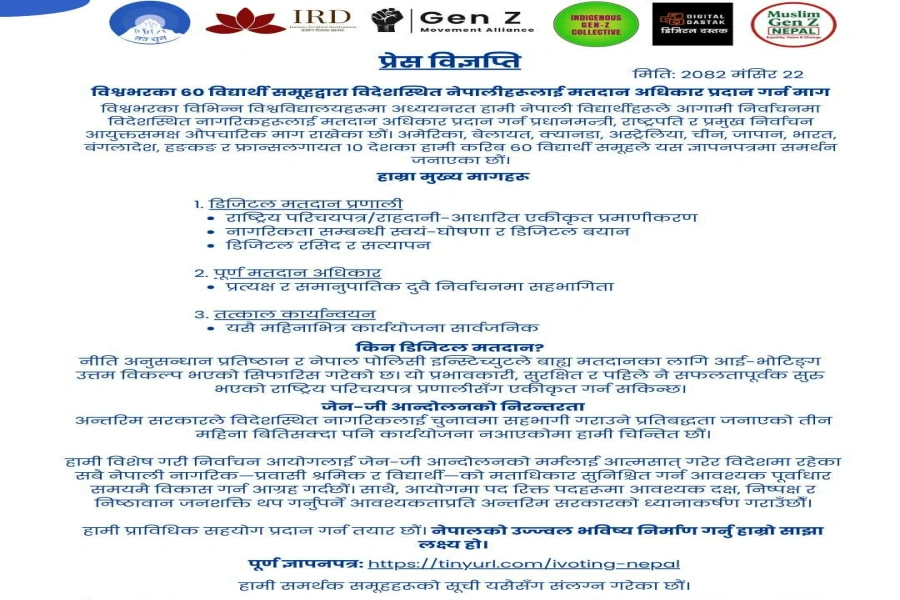KATHMANDU, Jan 26: The USA, which is the world's largest economy, has an 'informal economy' of 7.3 percent, while China, the second largest economy, has 12.7 percent. However, the average size of Nepal's informal economy is around 40 to 42 percent.
Out of Nepal's total economy of Rs 5.381 trillion, about Rs 2.2 trillion is attributed to the informal economy annually. This data is the finding of a study conducted by the Central Department of Economics at Tribhuvan University (TU) with the support of Nepal Rastra Bank (NRB). This revelation underscores that Nepali economy is not organized.
The study showed that the informal economy of Nepal is about 41 percent, raising concerns for everyone. The informal economy, often referred to as the shadow, underground, black, hidden, parallel, unreported, or unrecorded economy in economic discourse, represents a sector that operates outside the boundaries of formal regulation and oversight.
“Its large size means that the economic activity is not registered in the government records,” said Shivaraj Adhikar, head of Central Department of Economics at TU. "Tax evasion and brokering are prevalent issues with Nepal’s informal economy," said Adhikari. "The share of the informal economy in Nepal is large."
Nepal's informal economy estimated at 51% of GDP, global averag...

According to the report released by the department on Thursday, the average size of the informal economy in the last decade stands at 42.66 percent. Having an informal economy poses challenges for the government and those working in the informal sector also struggle to access benefits provided by the state.
In such a situation, the government struggles to collect taxes from economic activities. As a result, people are deprived of government packages including relief efforts. “The informal economy is not illegal, nor is it legal,” said Adhikari, adding, “But it should be brought under the ambit of tax.” According to Adhikari, the size of the informal economy is also large due to the large share of the agricultural sector to the country's economy.
In the last two years, the size of the informal economy has increased. Most of the production activities under the agricultural sector are conducted by households, so its share has become large.
The agriculture sector contributes about 25 percent to the GDP. According to the study, the average size of the informal economy from 2010/11 to 2020/21 is 42.66 percent.
Considering the expansion of the informal economy, further research is needed to understand the nature, type and coverage of the informal economy in Nepal. The report states that survey-based studies are needed to further diagnose the identified areas as unrecorded transactions in the informal economy are widespread.
Studies have pointed out that informal economy or unrecorded economic activities vary from country to country, region to region, activity to activity, and time to time. It is also subject to frequent changes in government policy or open or controlled economy. Under the informal economy, individuals create jobs and income for themselves, produce and consume goods and services for themselves, and render services within their households or for consumers.
According to Krishna Mani Parajuli, former under secretary of the Government of Nepal, informal economy encompasses the economic activities that are conducted invisibly in defiance of the laws and orders of the state. This includes wealth earned through corruption, money from illegal arms and weapons trafficking, drug trafficking, tax evasion, human trafficking and proceeds from conducting non-economic business that defraud the state.












_20200824121754.jpg)



























